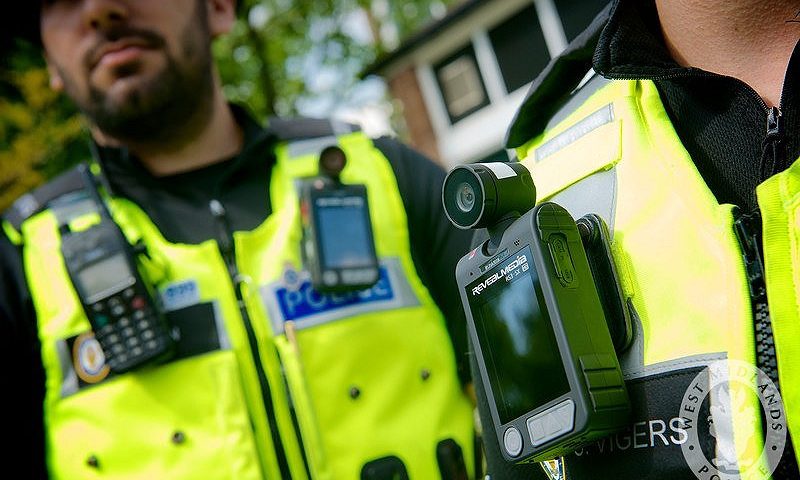About the (Literally) Embedded Systems on Police Officers

An Uber-Unethical App Requiring Expert Code Examination
May 5, 2017
Embedded Systems Avert Potential Disasters
July 17, 2017About the (Literally) Embedded Systems on Police Officers

We live in an age of cameras.
We have cameras on our phones, watching our employees, and even on traffic lights. They keep us safe, honest, and accountable.
In recent years, there has been an outcry to put cameras in places they’ve never been before: on police officers’ uniforms.
After the shooting of Michael Brown in August 2014, a national discussion was started on police accountability. This discussion was eventually weighed in on by President Obama, who proposed that police departments be reimbursed by the federal government for implementing body camera programs. Over 73 agencies in 32 states took that offer.
In the following years, many police departments are implementing programs on their own. New York City has opted to outfit all of its police officers with cameras by the end of 2019.
This simple program in some cities has led to decreases in misconduct allegations and high-level uses of force. The San Diego Police Department saw a 43% reduction! Police body cameras have also caught police officers planting evidence on suspects, exposing corruption in the process.
Body cameras don’t come without problems though. When would police be required to turn on their cameras? Do they turn them on during protests, despite protesting being constitutionally protected? Where is the footage stored? How secure will the footage be once stored? Will the public have access to it? What would the punishment be for not having a camera on?
As a whole, these body cameras are becoming a standard for our police forces. They keep both citizens and the law safe, honest and accountable. As they become the standard, there will be problems, and there will need to be experts solving these problems.
Eric Cawley is an occasional blogger for Gary Stringham & Associates. Gary provides consulting and expert witness services in embedded systems such as robotics. Feel free to contact Gary at 208-939-6984.



